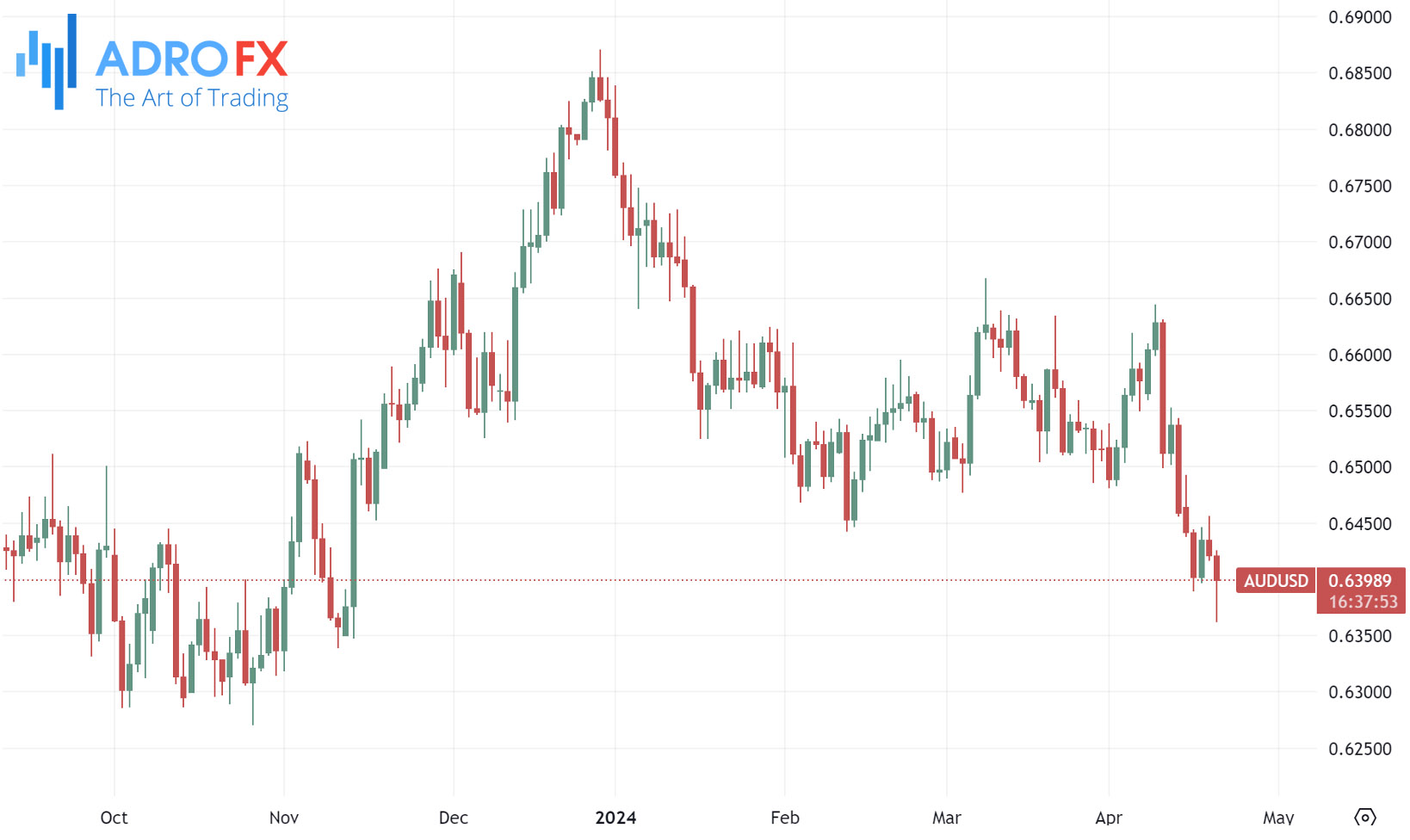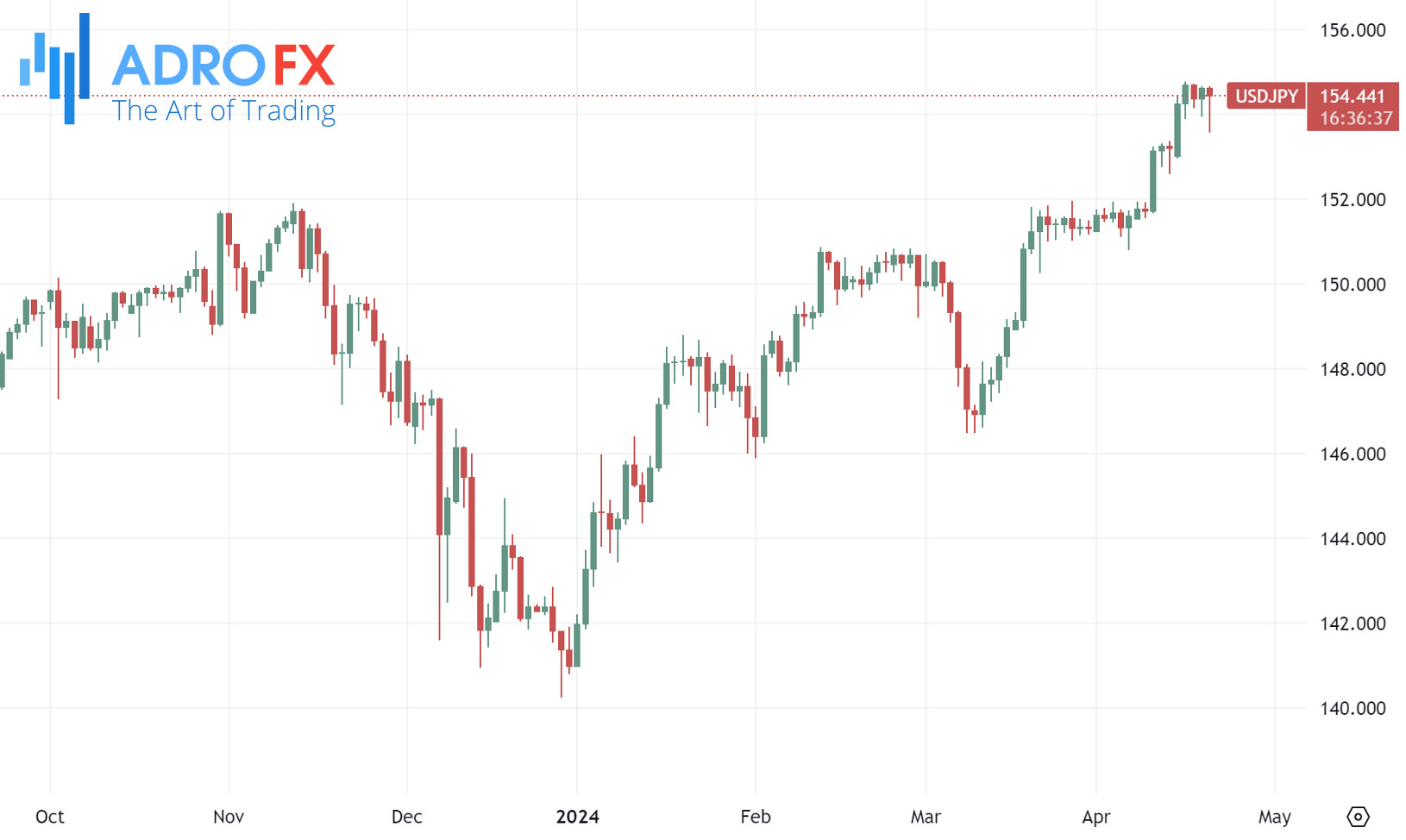US Stocks Retreat Amidst Rising Treasury Yields, Netflix Earnings Awaited; Middle East Tensions Fuel Safe-Haven Demand | Daily Market Analysis

Key events:
- UK - MPC Member Ramsden Speaks
- UK - BoE MPC Member Mann Speaks
- USA - Fed Goolsbee Speaks
US stocks experienced a reversal on Thursday, relinquishing earlier gains as investors assessed the implications of rising treasury yields amidst diminishing hopes for imminent rate cuts. Concurrently, anticipation mounted ahead of quarterly earnings reports from streaming giant Netflix.
While the Dow Jones Industrial Average initially surged by 21 points, equivalent to 0.1%, it had soared around 330 points intraday. However, the momentum waned, leading to a decline in the S&P 500 by 0.2%, while the NASDAQ Composite slipped by 0.4%.

The upward trajectory of treasury yields persisted as expectations for rate cuts took a hit, following comments from Federal Reserve speakers advocating patience regarding cuts. Some even hinted at the potential resumption of rate hikes should inflation accelerate.
New York Federal Reserve President John Williams noted that interest rates are currently in a favorable position but cautioned that adjustments might be necessary if economic data indicate a need for higher rates to achieve policy objectives.
Echoing similar sentiments, Atlanta Fed President Raphael Bostic emphasized that rate cuts are unlikely to commence until the end of the year, highlighting the gradual and uncertain path toward reaching the 2% inflation target.
In addition to hawkish remarks from the Fed, the release of fewer-than-expected initial jobless claims data, signaling continued labor market strength, and an unexpected uptick in a pivotal regional manufacturing report further dampened expectations for rate cuts.
On Friday, the Australian Dollar continued its downward trajectory for the second consecutive day amidst growing risk aversion in financial markets. This sentiment was exacerbated by reports from ABC News confirming Israeli missile strikes on a site in Iran, heightening tensions in the Middle East.
The AUD faced additional challenges as the ASX 200 Index declined, nearing its two-month low of 7,489. Weak signals from Wall Street overnight contributed to this trend. Furthermore, Australia's 10-year government bond yield retreated from over four-month highs, dropping below 4.3%, as investors anticipated a dovish stance from the Reserve Bank of Australia on monetary policy.

Meanwhile, the US Dollar Index gained ground amidst escalating concerns about the Israel-Gaza conflict in the Middle East. This prompted investors to seek safe-haven assets.

During the early Asian trading hours, the USD/JPY pair faced selling pressure around 154.15 as the Japanese Yen benefited from safe-haven flows amid a risk-off mood and escalating tensions between Israel and Iran. However, the pair's upside potential in the near term could be limited by robust US economic data and any hawkish remarks from Federal Reserve officials. The upcoming Bank of Japan meeting is anticipated to include a revision of its inflation forecast for the fiscal year in its quarterly report.

According to the Statistics Bureau of Japan, Japan's inflation rate slowed in March but remained above the central bank's 2% target. The year-on-year headline CPI for March increased by 2.7% YoY, following a 2.8% rise in February. Meanwhile, the Core CPI inflation, excluding fresh food, rose by 2.6% YoY in March, slightly below market expectations of 2.7%.
BoJ Governor Kazuo Ueda stated on Thursday that the central bank might consider raising interest rates again if significant declines in the Yen lead to increased inflation. He emphasized that the impact of currency movements could influence the timing of the next policy adjustment. Additionally, BoJ board member Asahi Noguchi highlighted that the pace and level at which the policy rate stabilizes depend on economic data, contributing to the uncertainty surrounding the future rate hike path, which continues to weigh on the JPY.
Meanwhile, the GBP/USD pair remained under pressure near 1.2430 during the early Asian session on Friday. Expectations that the Bank of England might cut its interest rate ahead of the US Fed contributed to selling pressure on the Pound Sterling against the USD. However, BoE policymaker Megan Greene's comments on Wednesday suggested that rate cuts were not imminent, citing high inflation and weak growth. Greene also noted that recent tensions in the Middle East could pose risks to the inflation outlook, but these remarks failed to lift the GBP from nearly six-month lows.

Investors will take more cues from the UK March Retail Sales, along with the speeches by BoE’s Ramsden and Breeden later on Friday.
Additionally, Chicago Fed President Austan Goolsbee is expected to participate in a moderated Q&A session at the Association for Business Journalists 2024 SABEW Annual Conference in Chicago.









